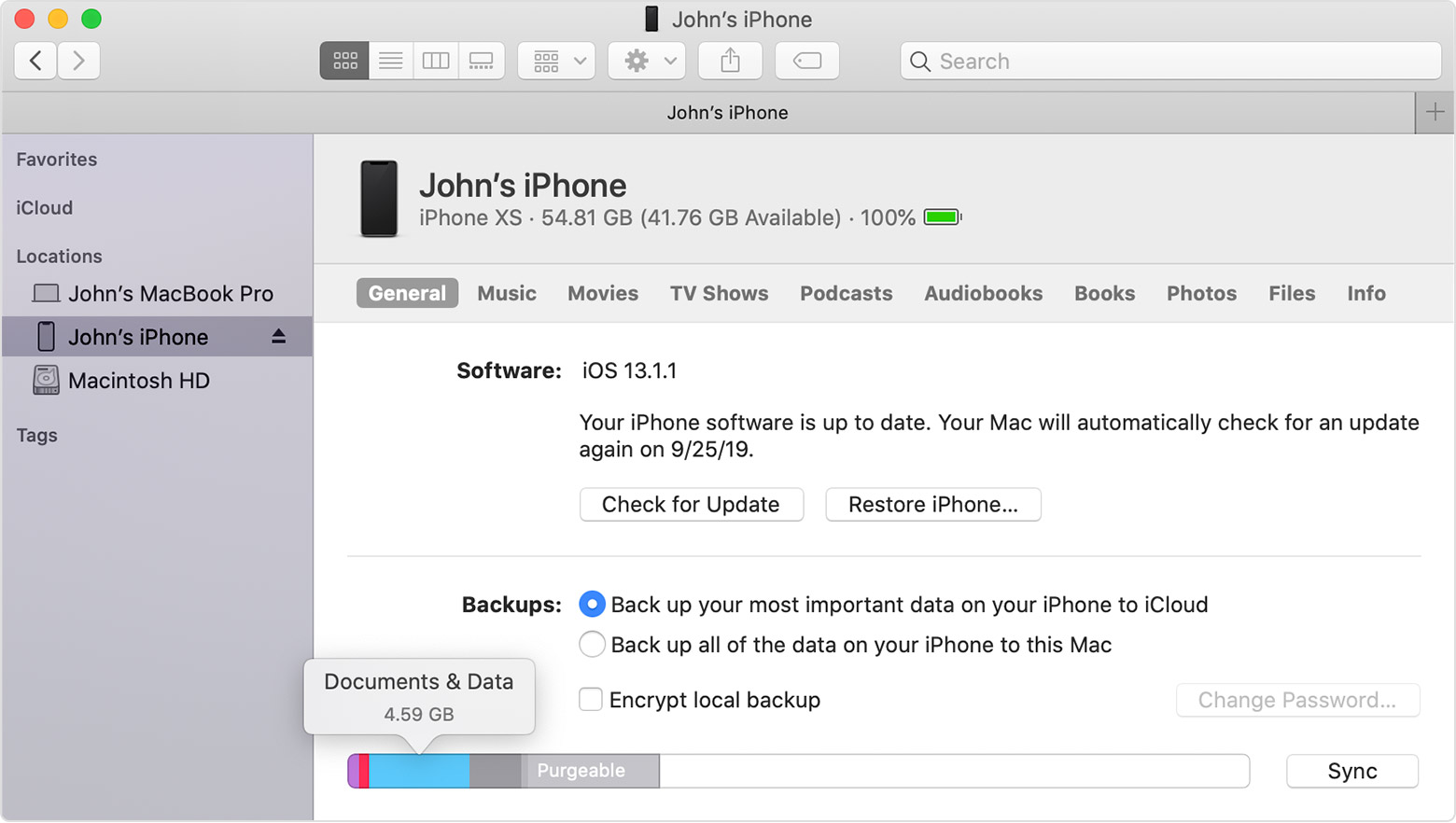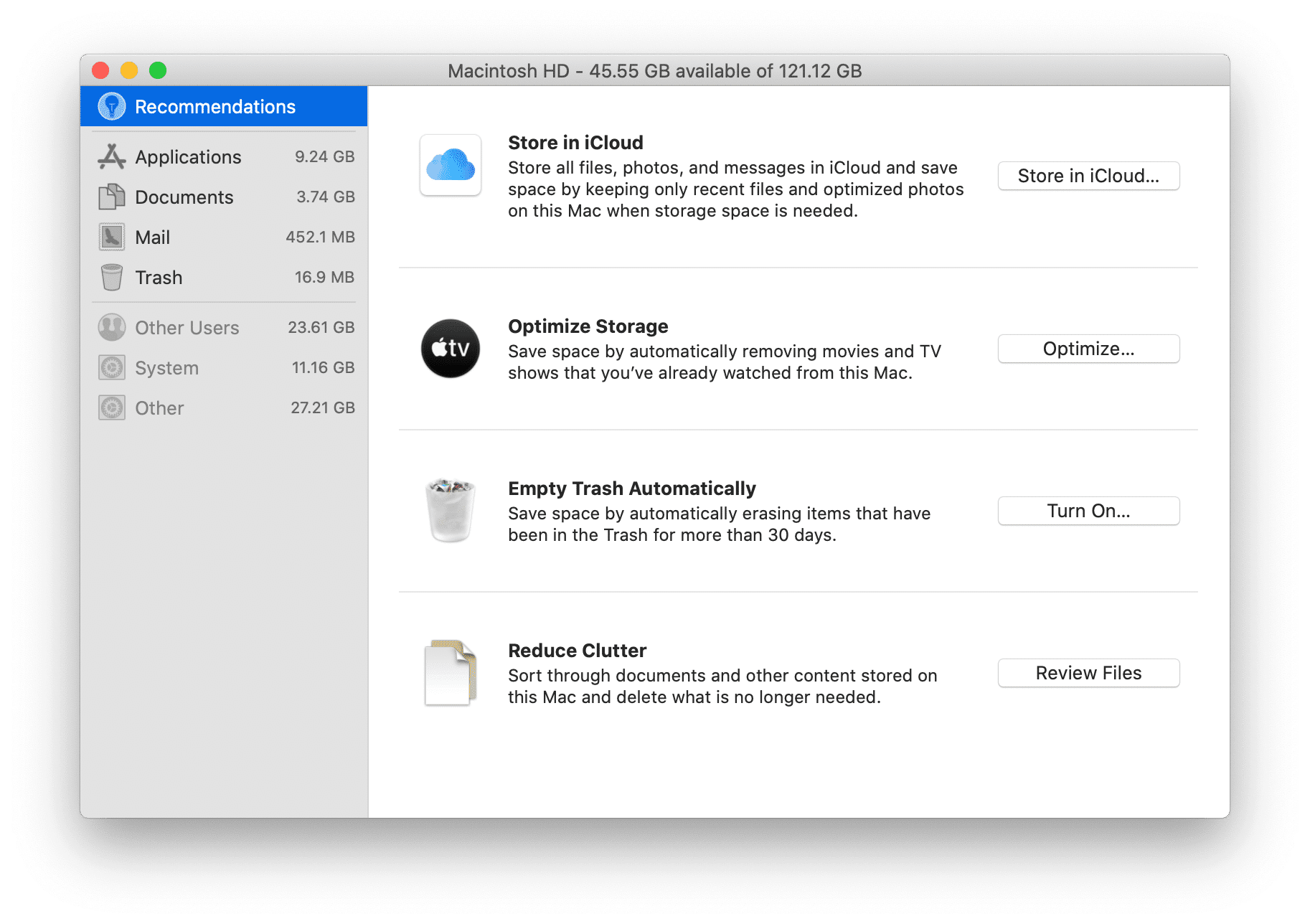



- How to check space on macbook pro how to#
- How to check space on macbook pro manual#
- How to check space on macbook pro trial#
Its simple one-click optimization makes system maintenance a breeze!īest of all, both ForkLift and CleanMyMacX are available free as part of a seven day trial of Setapp. We think most will find value in CleanMyMacX, too.
How to check space on macbook pro manual#
Even if you want the more manual controls ForkLift offers, its ease of use makes storage management faster and easier. This is why we advocate for apps like ForkLift and CleanMyMacX. When you're ready to clear 'Other' on Mac, it's almost always because you want it to run smoother, or stay running at optimal performance levels. You need that stuff – and is again why we caution you not to simply clear out everything in your Library that doesn't immediately resonate.īut you don't always need caches, and cleaning your files manually can take a long time. Your Mac stores all kinds of things there, like application support and font files. The one thing to remember about other storage on Mac is it's not always going to vanish. You can choose 'show' to see which caches CleanMyMacX is getting rid of, too. System Junk is where those pesky cache files are, along with log files. Once a smart scan is complete, you can select 'review details' under the Cleanup task before you select 'run.' In this details log, you'll see two main categories: system junk, and trash bins. Trusting CleanMyMacX to do its job correctly is never a question, but you can dig deeper if you like. It even makes sure your Mac has no malware! From the Storage screen, you can select ‘Manage.
How to check space on macbook pro how to#
This is the easiest method for how to see storage on Mac but you can go deeper If you need a closer look at your Mac’s memory use, there are a few ways to go about it. It discovers unnecessary files for you, and optimizes your Mac for speedier performance. Here’s how: On the menu bar, click the Apple logo in the top left. With CleanMyMacX, all you have to do is activate its Smart Scan feature. Check info about how to recover files from a hard drive on Mac.īut that's scary stuff. This is how you remove files from the Other storage category. Simply right-click the folder or file you want gone, and select 'move to trash.' Then empty the trash can, and you're done. If you're positive an app's files or plugins need to go, this is where you'll find them. There's a reason Apple hides the Library small changes can have deep, lasting effects.īut, if you know what needs deleting, this is where you'll find it. We can't caution you enough: if you're not sure what it is you're looking for, don't delete it – and remember you can't delete Other on Mac entirely. There are also folders with names like 'Caches.' Click it to see all your apps and associated files.


 0 kommentar(er)
0 kommentar(er)
